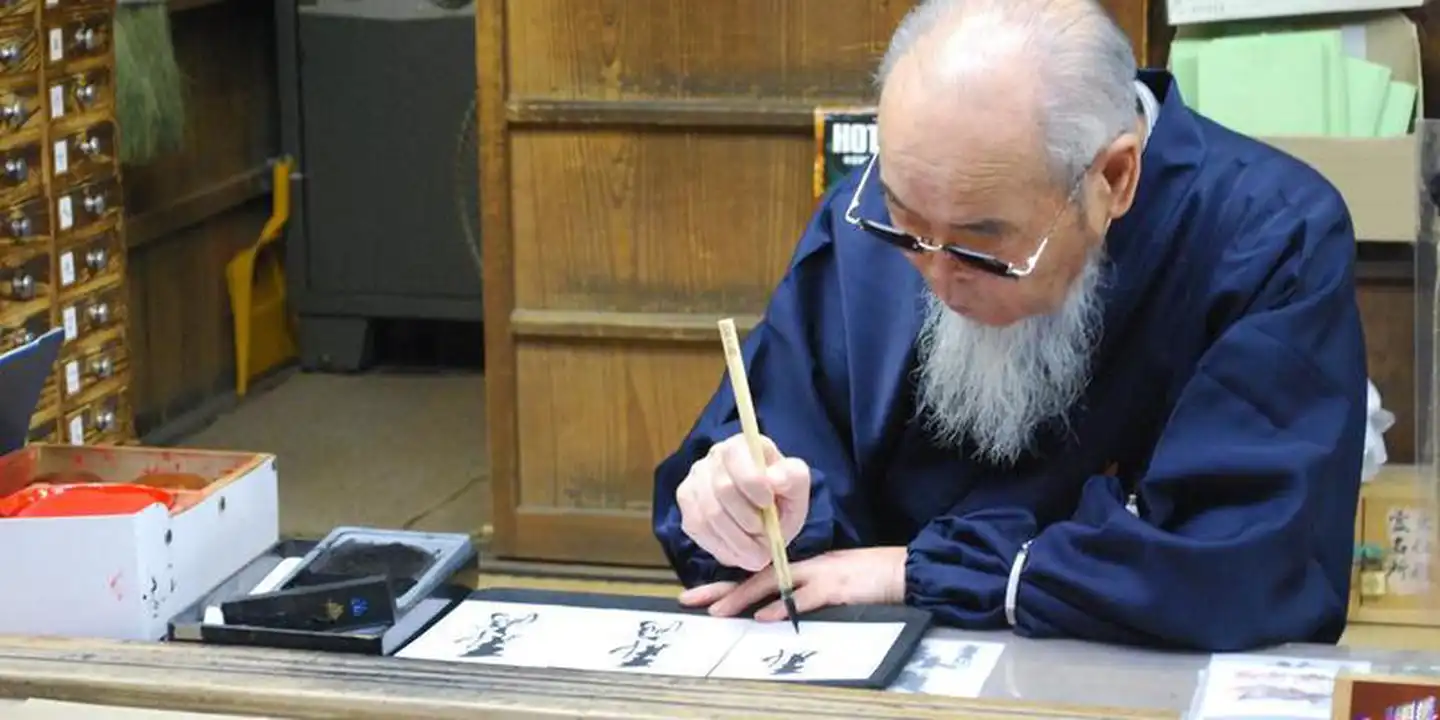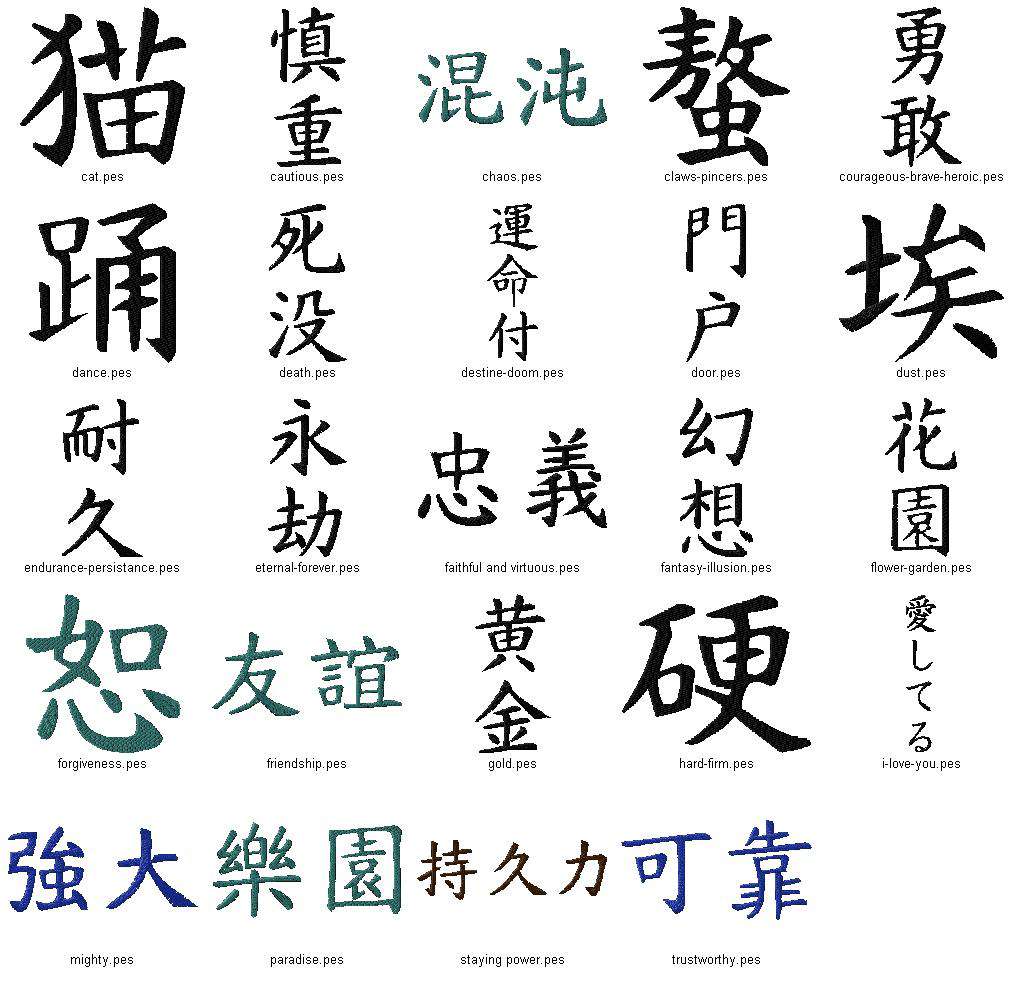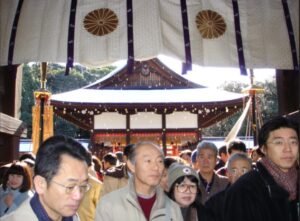
[Photo: Kanji Writer at Todaiji, in Nara, Japan/By the author, Maurício Kanno, 2008]
Well, surely the idea of samurais and geishas must be the images that come to mind when we think about learning Japanese, right? Or when thinking about Japan in general… The fact is that we, Westerners, tend to associate Japan with a series of ancestral and traditional images, like those figures in the title of this article.
It’s not surprising at all, considering that we still value this imagery in modern times. Just take a look at some movies, including animated ones, or even video games that come from Japan. Situations associated with the country during its feudal times, full of samurais, ninjas, and geishas, pop up in these scenarios. And it’s even becoming a fan of some of these cultural productions — which, of course, go far beyond that, with a vast production of everyday narratives — that makes us want to learn Japanese.
So, speaking a bit about the language itself, what is it like? Is it easy? Difficult?
Conversation
Having a conversation in Japanese isn’t necessarily easier or harder than learning other languages in general. Of course, apart from the fact that others may be more similar to Portuguese, such as Spanish, Italian, or French, where we may already know some vocabulary and grammar rules beforehand or find them easier to associate. Yes, it’s a language with different rules than what we’re used to in Brazil. One thing to note, for example, is that sentences usually end with the verb, which doesn’t typically happen in Portuguese.
For example: João lives in Japan. => João-san Nihon ni sundeimasu. In other words, we first indicate the subject (although it could have stayed in the middle), then where he lives, and lastly comes the verb ‘to live’.
Writing
And what about writing? That’s where it gets tricky. In Japanese, we have three ‘alphabets’: hiragana and katakana, which are phonetic and represent sounds, always one syllable at a time; and kanji, which are ideograms and represent meanings, which can have one sound or multiple sounds for each situation (often two or more sounds for each kanji).

There are 50 hiragana characters and 50 katakana characters, which represent the same sounds but for different purposes. And about 2,000 kanji characters that could be considered for practical use in modern Japanese; generally, this list includes the approximately 1,000 taught throughout what would be Japan’s elementary school years, which would be enough to handle about 80% of the language; and the other nearly 1,000, taught in what would be high school there.
Hiraganas are usually more rounded, curved, and are used for Japanese words in general, including grammatical uses, such as indicating subject, object, location, etc. (in Japanese, these syntactic functions are often indicated by specific suffixes); katakanas are more angular letters, with points, and are used more for foreign words, often from English, and also for onomatopoeias (like “doki, doki”, which would be the heart beating, for example; or “don, don”, which could indicate a hammer hitting something).
Kanjis!
And about kanji… they can be much more complex than these first two types, hehe. But don’t worry, there are also very easy kanji characters, like the one for the number 1, which is just one horizontal stroke; and the one for Sun, which is made with just one rectangle! (And look how cool, knowing how to write this character, you can already write the first half of the word “Japan”!)

Would you like to learn more? Get in touch through the website, email mauricio.kanno@gmail.com, or WhatsApp at (11) 99564-4568 and schedule a class! 🙂
[Article originally published on the platform profes.com.br/mauriciokanno, in Oct/2016]





